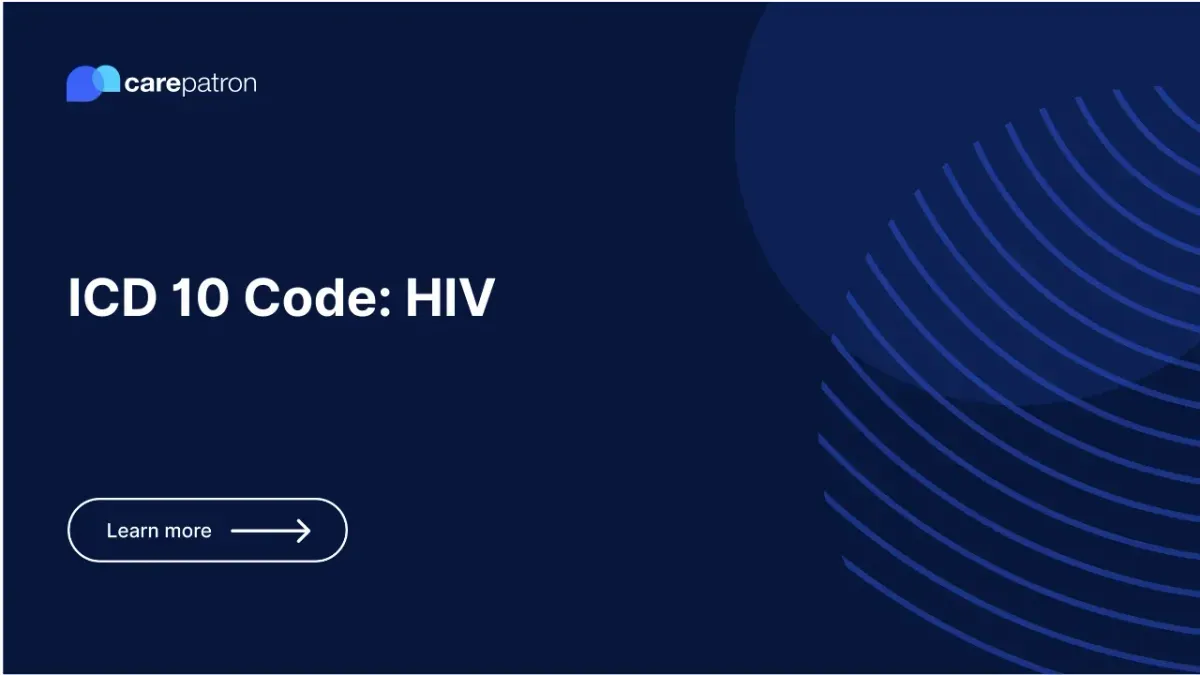
HIV ICD-10-CM Codes
Learn the correct HIV ICD-10-CM codes for accurate documentation, diagnosis, and billing.
Use Code
Commonly asked questions
HIV infection progresses through stages:
- Acute HIV infection: Initial stage, often accompanied by flu-like symptoms.
- Clinical latency: The virus is still active but reproduces at a lower level, and individuals may not exhibit noticeable symptoms.
- Acquired Immunodeficiency Syndrome (AIDS): Severe immune system damage increases susceptibility to opportunistic infections and certain cancers.
HIV transmission can be prevented by practicing safe sex, using barrier methods like condoms, avoiding sharing needles or other drug paraphernalia and getting tested and treated for sexually transmitted infections. Pre-exposure prophylaxis (PrEP) is also available for individuals at high risk of HIV infection.
HIV is the virus that causes AIDS. HIV is the initial infection, while AIDS is the advanced stage of HIV infection characterized by severe immune system damage and the development of opportunistic infections or certain cancers.
EHR and practice management software
Get started for free
*No credit card required
Free
$0/usd
Unlimited clients
Telehealth
1GB of storage
Client portal text
Automated billing and online payments
